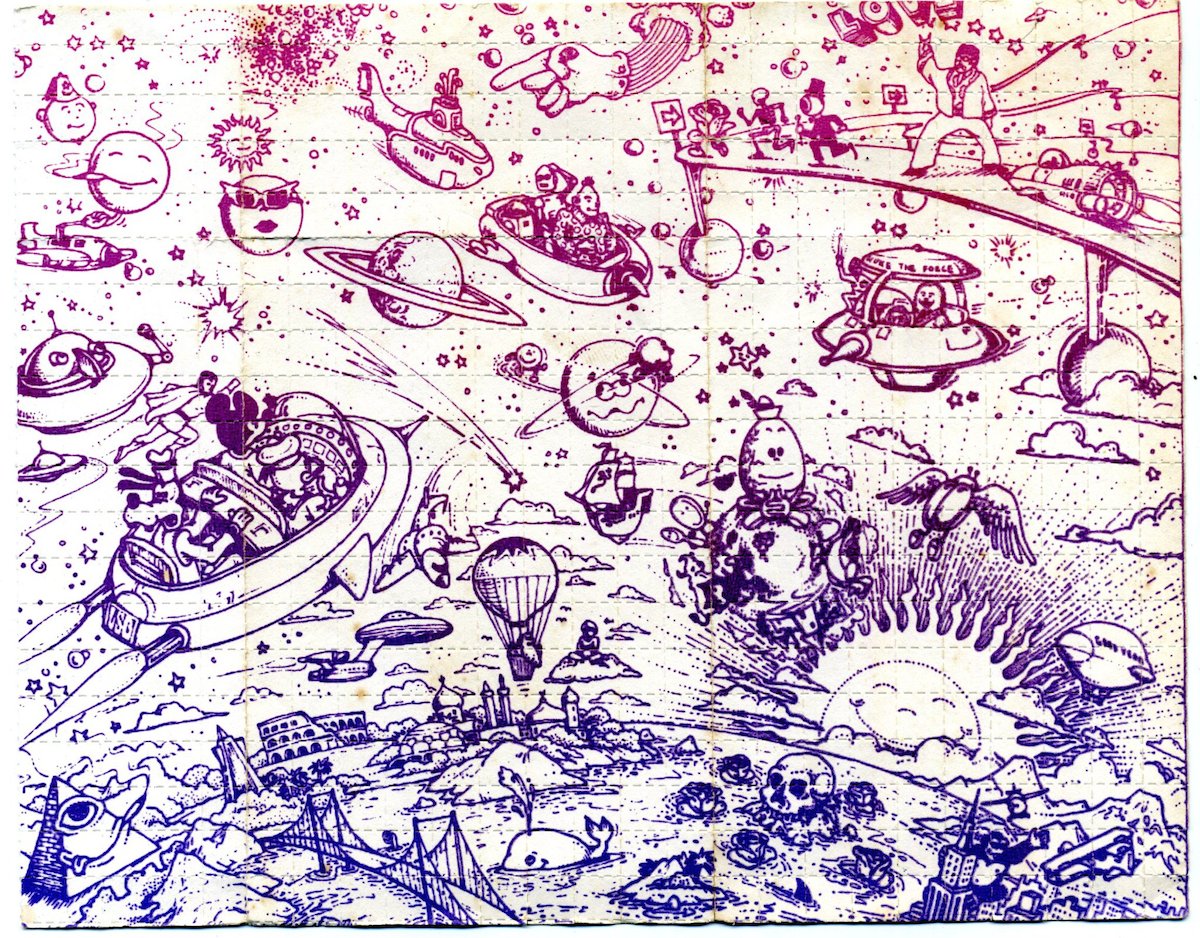
On October 6, 1966 (aka ‘The Day of the Beast’ in psychedelic circles) California banned the possession of LSD. Two years later the law went nationwide. Mark McCloud did as anyone of vision might: he began buying loads of blotters, sheets of paper infused with LSD, for consumption. Eventually his San Francisco home filled with thousands of LSD tabs. Over time the acid broke down. So now the framed sheets (part of an archive of more than 33,000 sheets and individual tabs), and Mark’s “Institute of Illegal Images” – “the most comprehensive collection of decorated LSD blotter paper in the world” – can be viewed by art buffs, former heads and anyone who wants to see objects that came to define an era.
The art is broadly two-fold: graphics and visions of the sort of thing you see after ingesting LSD. They are, says Mark, who earned a Masters of Fine Art from UC Davis, “examples of true American folk art, like whittling.”
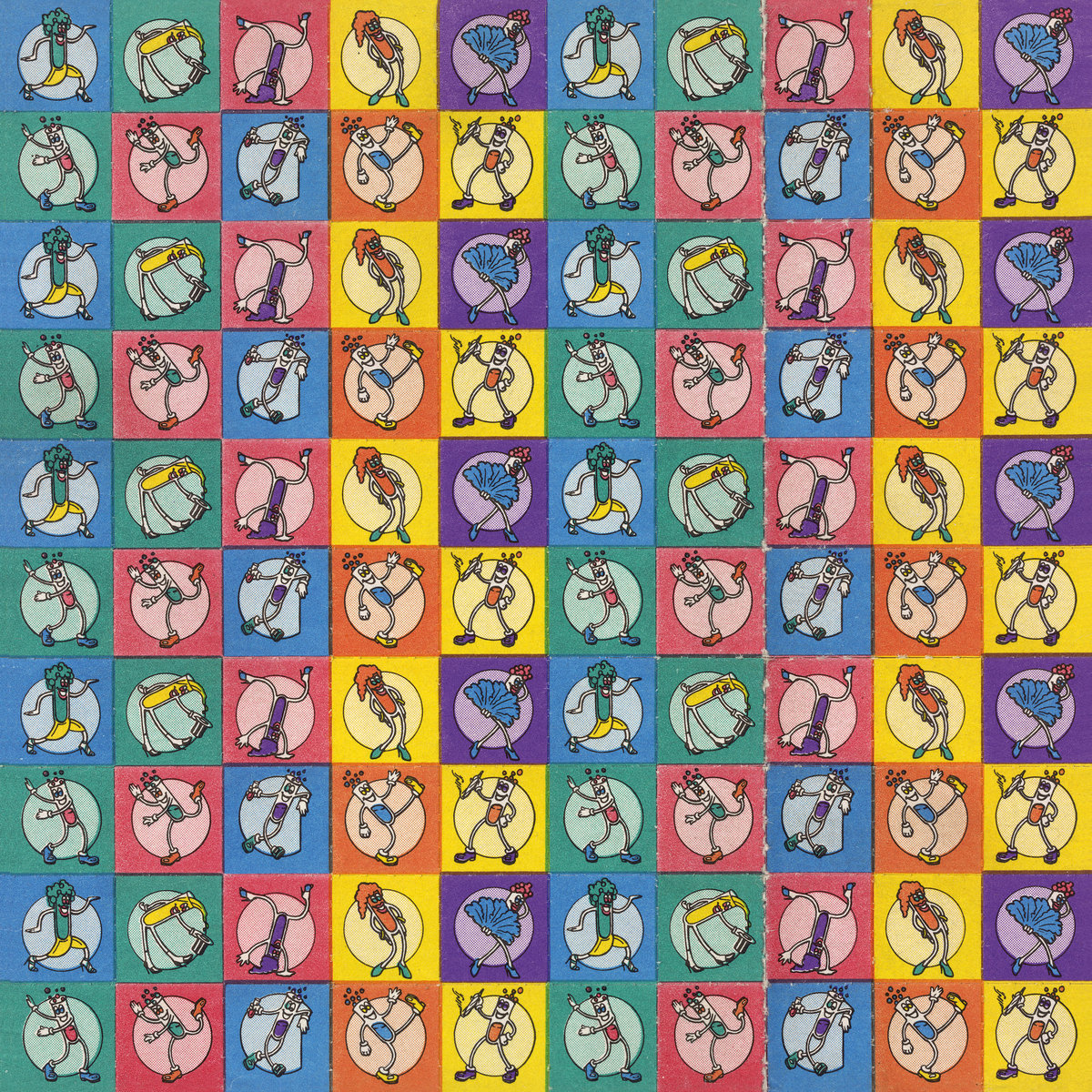
When did you start collecting it?
“Oh, that was when the first imagery came out. See, when acid first came out it was just drops on paper. This was in 1968, and it was the first commercially available acid. It came out of New York City, and it was done by this great underground chemist called Ghost-may he rest in peace-and they were called five-by-twenties. They were five drops by 20 on a little card that was the same size as autochrome film, and it came out wrapped in Kodak packaging.”And when did the first illustrated tabs appear?
“In the 70s. There’s a whole vignette of imagery that appears throughout that era, and it’s usually on sheets of paper the same size as an LP so they could ship it dressed as a record. The first sheets would have a single image that would be divided up into the tabs, usually in a single color. They quickly became individual pictures, though, with great detail.” – Vice
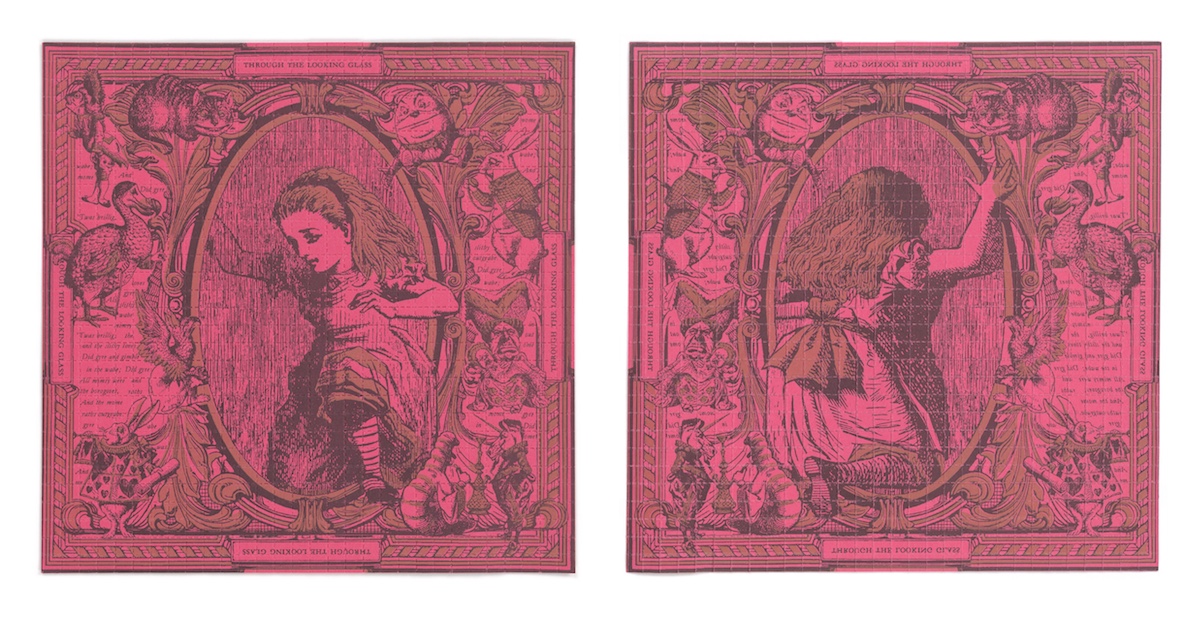
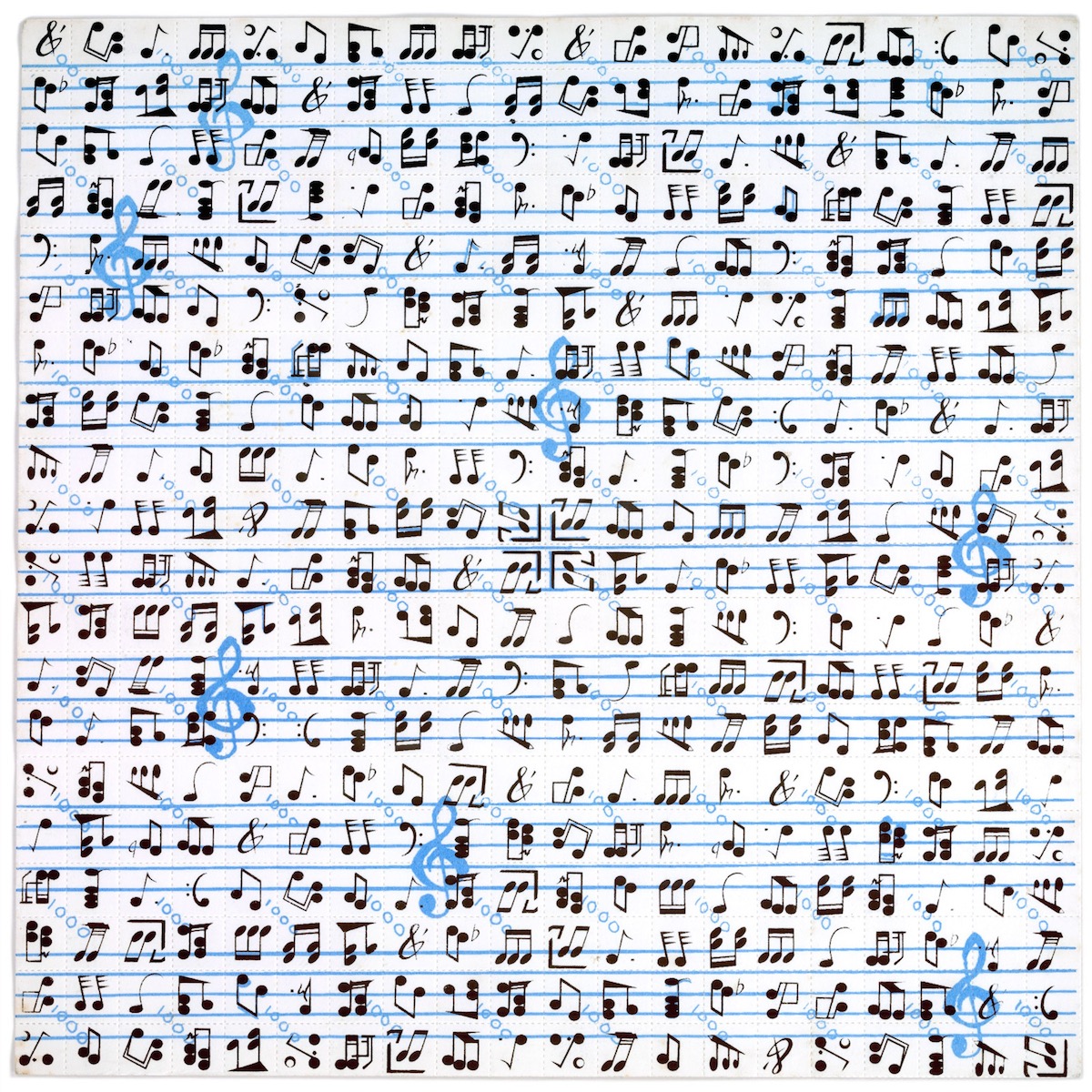

McCloud, who emigrated from Argentina when he was 8, traces his curatorial enthusiasm to high school at the Webb School for Gentlemen, a Claremont, Calif., boarding school. One day, a narcotics officer visited Webb to give an anti-drug talk, and supplemented his sermon with the visual aid of a comprehensive drug collection.
“There were all these little bundles and syringes and pipes arranged in this vitrine,” he says. “I said, ‘Wow, pretty weird.’ ”
At the time, McCloud was an enthusiastic coin collector, and the narc’s stash-in-a-glass-box planted the seed for the collection the aspiring artist would start in 1975, just a few years later, as the festively printed blotters proliferated on the street.
“I had collected blotters before, but [1975] was the first conscious effort to preserve it. The collection lived in the refrigerator for the first eight years–for a long time I didn’t know which way it was going to go,” McCloud says. “I can’t tell you how many collections I ended up munching.” – via Jack Shafer


“I let myself vibrate beyond this world, into something different, and that’s when I started my collection for good. At first I kept the blotters in the freezer, but it was problematic: I spent my time eating them . Then Albert Hofmann’s acid was put on the market and I thought, “Shit, I have to fit that. And then like that, I did not risk to consume them. “
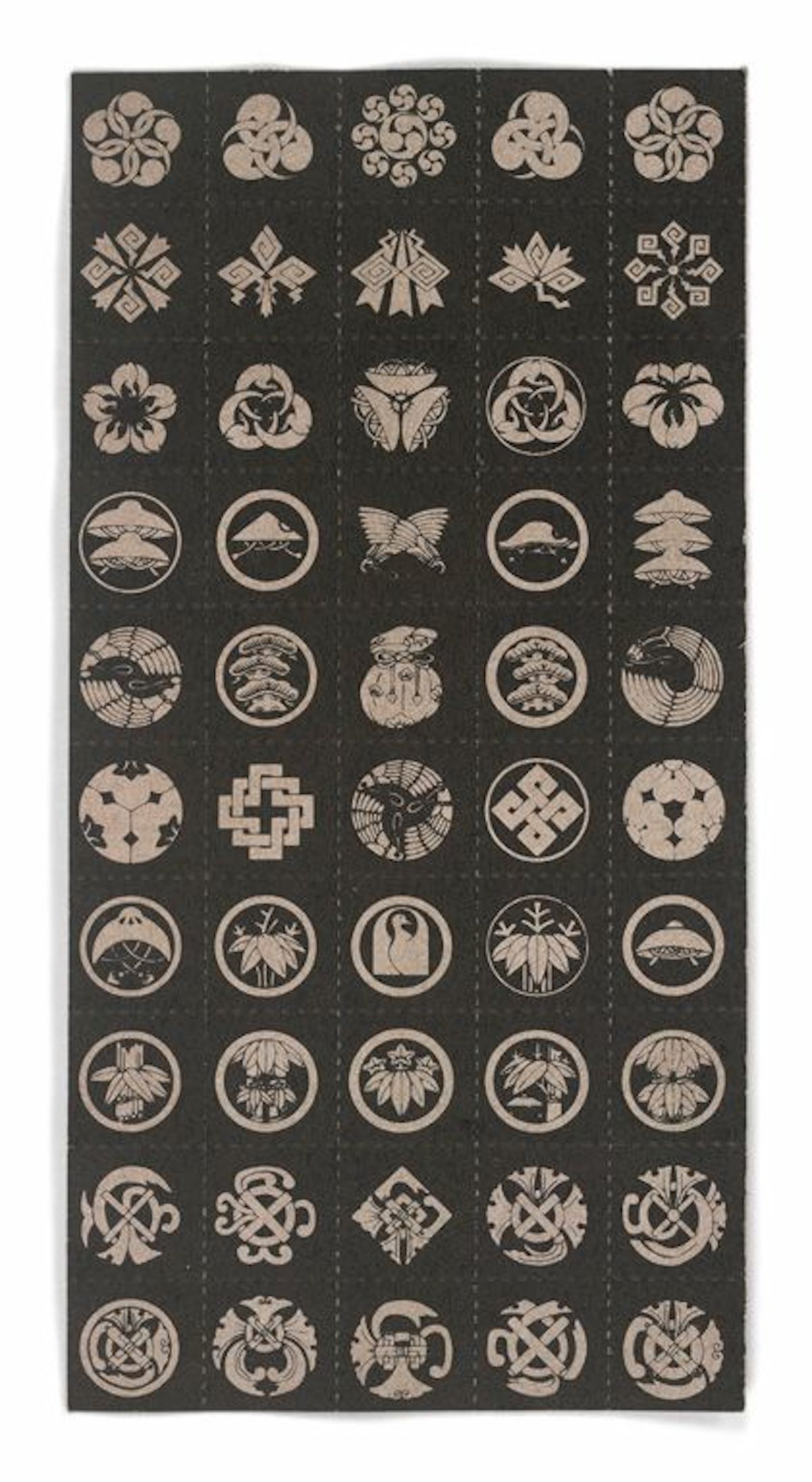
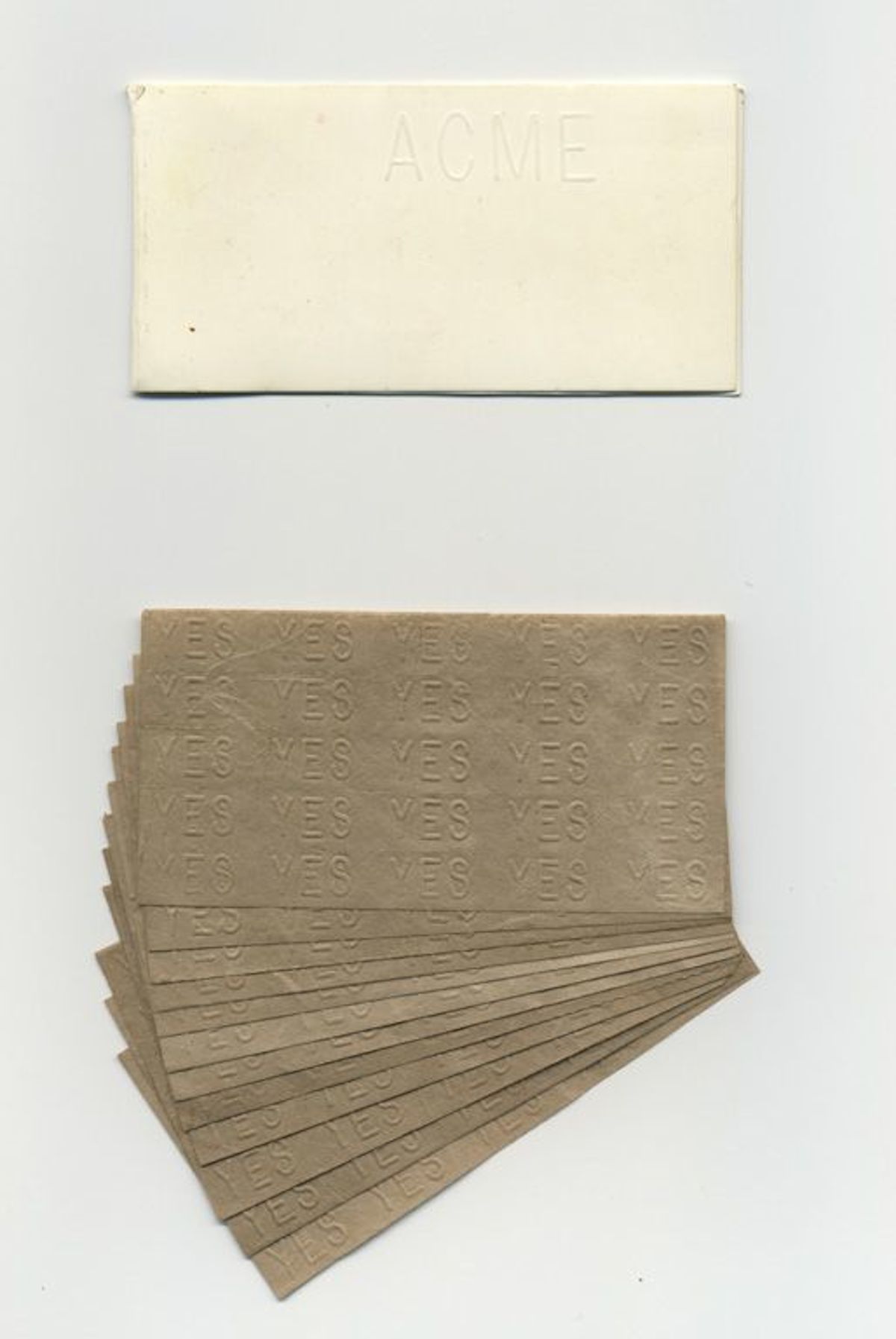
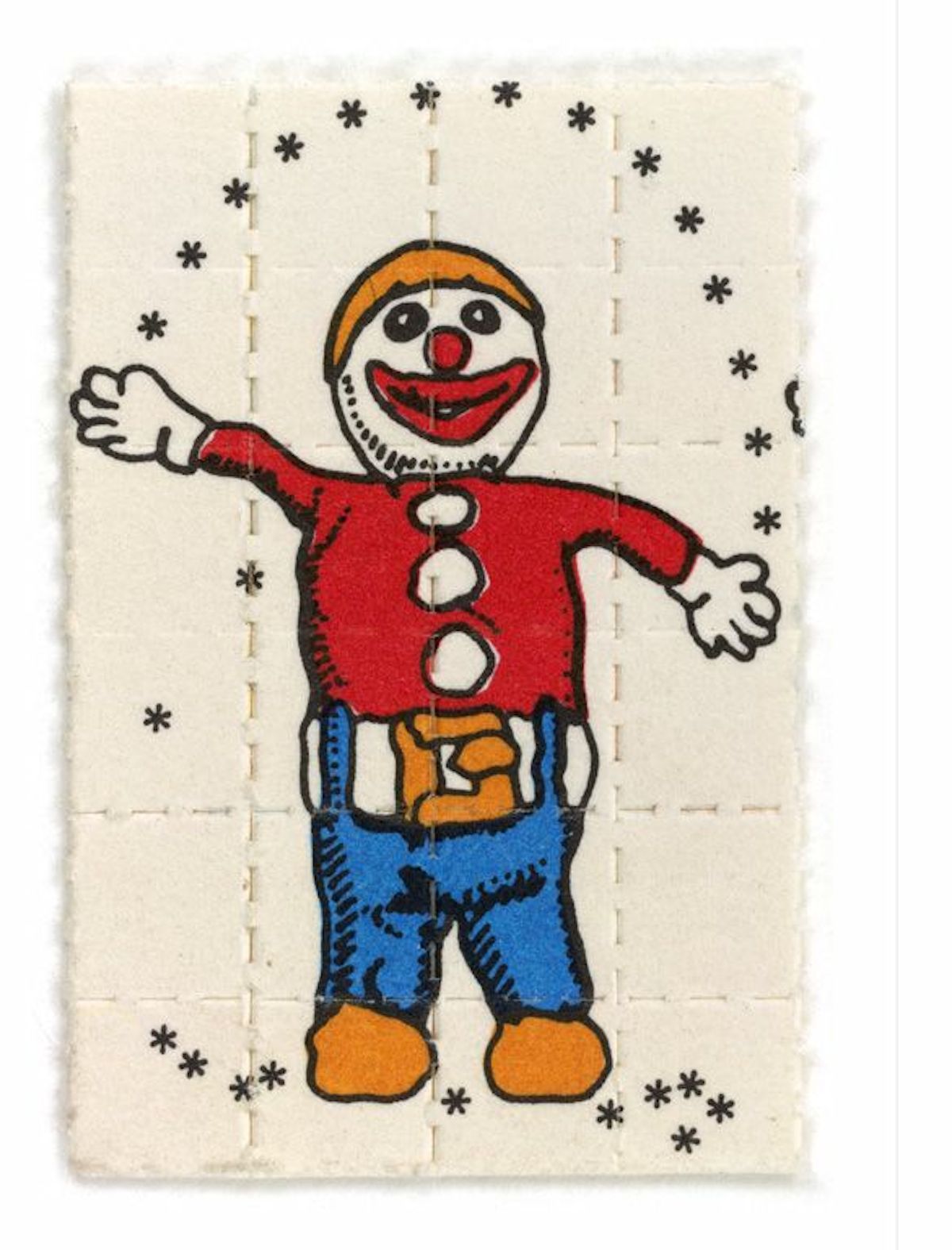
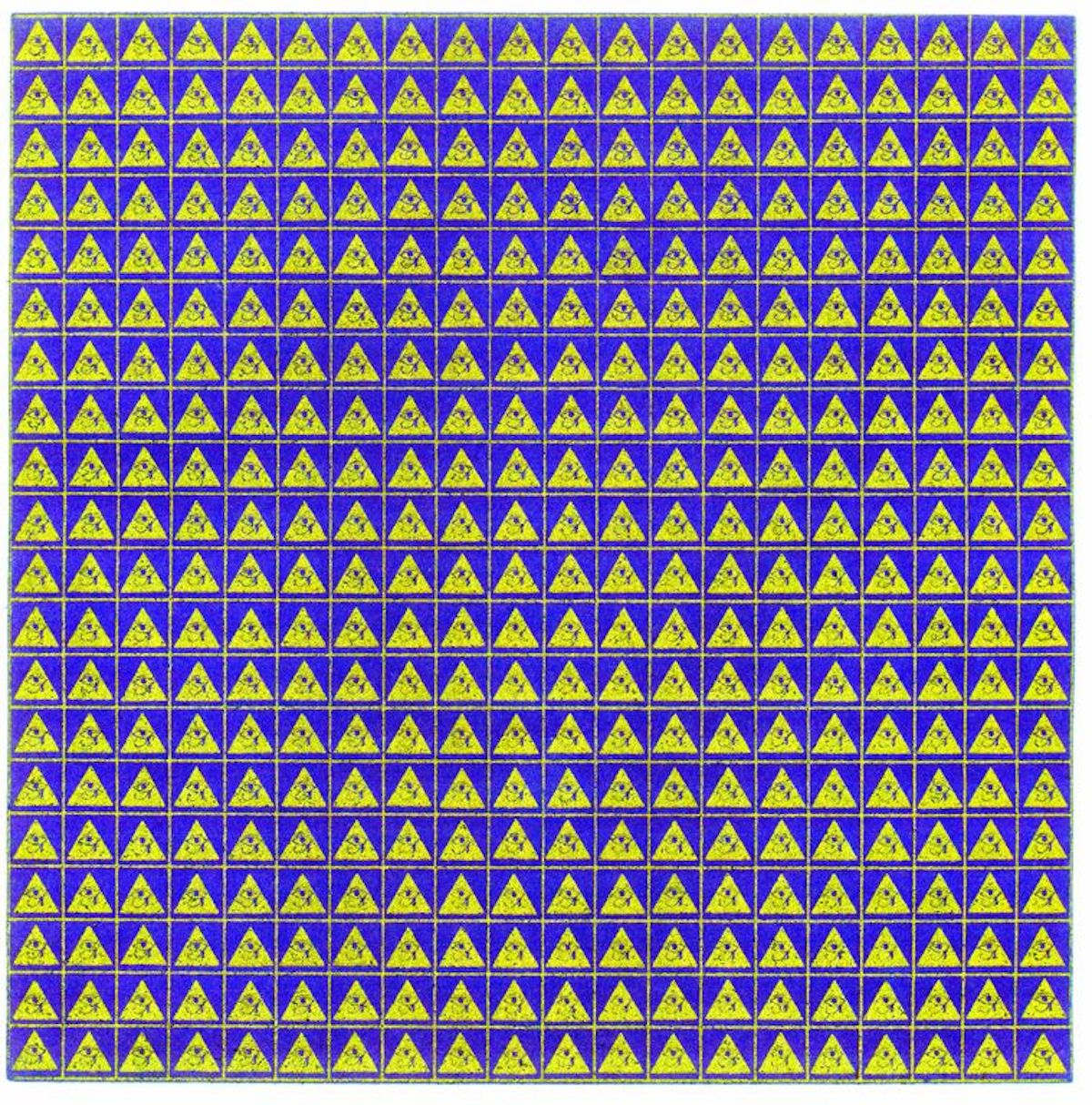
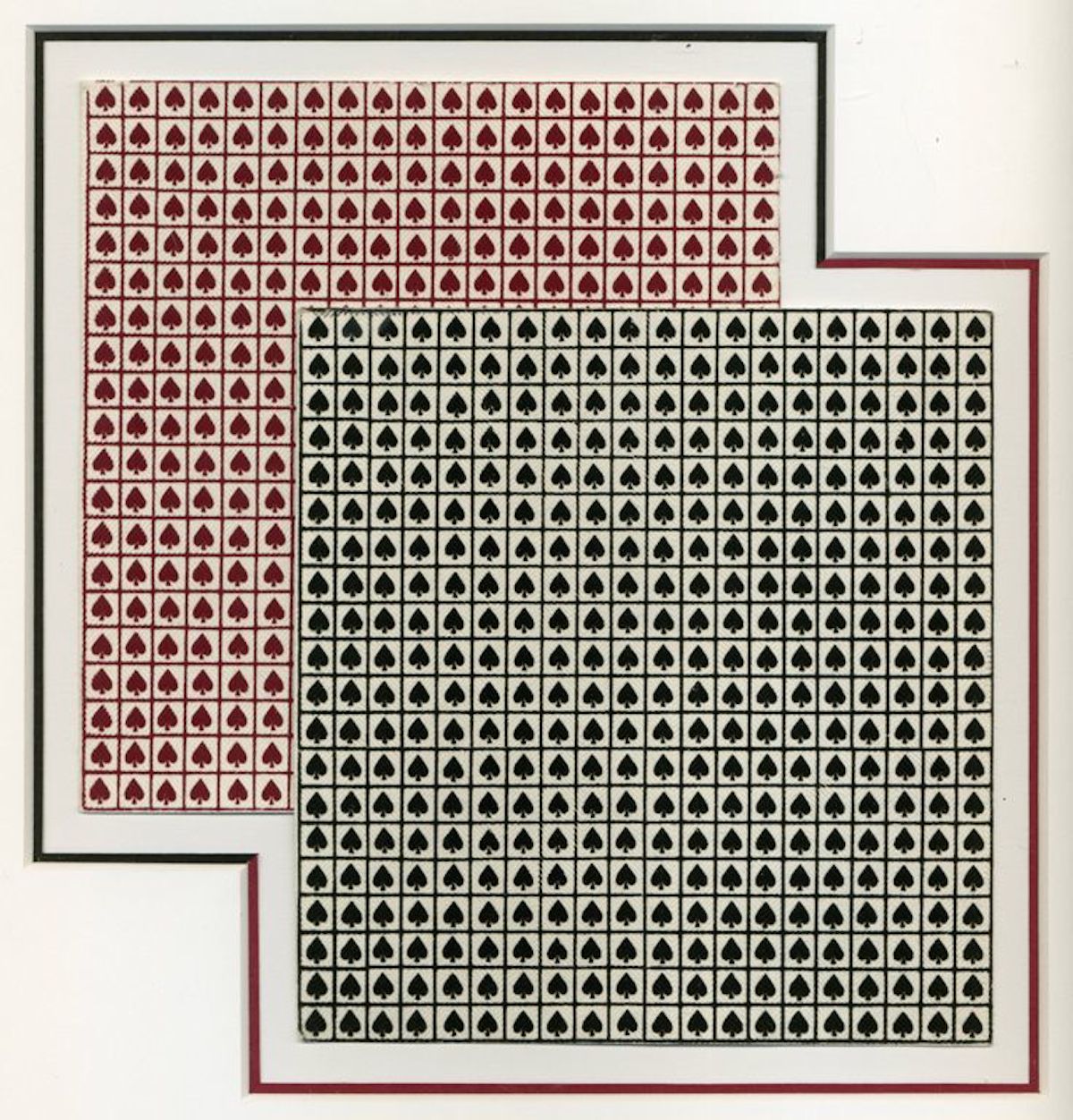

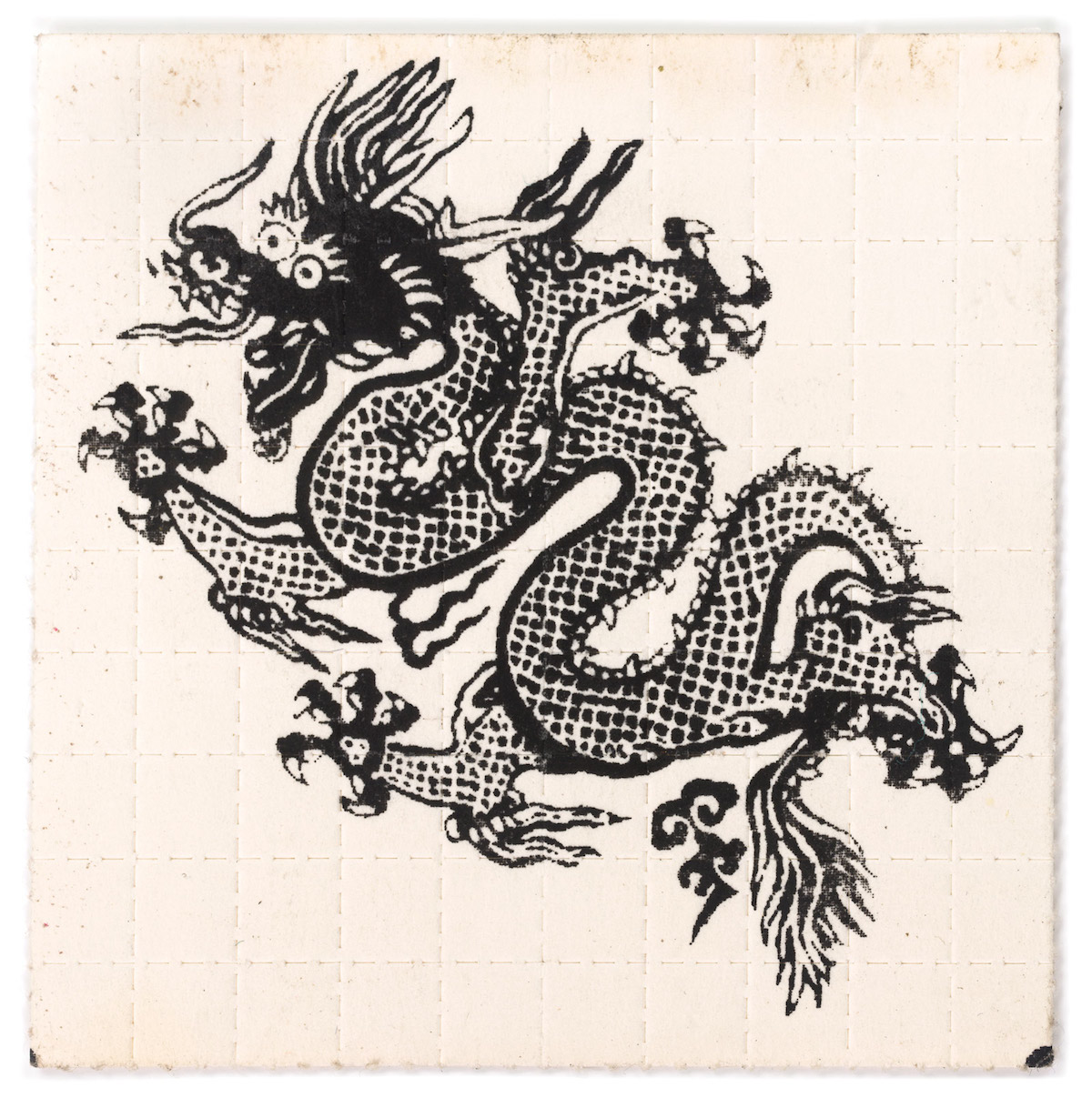
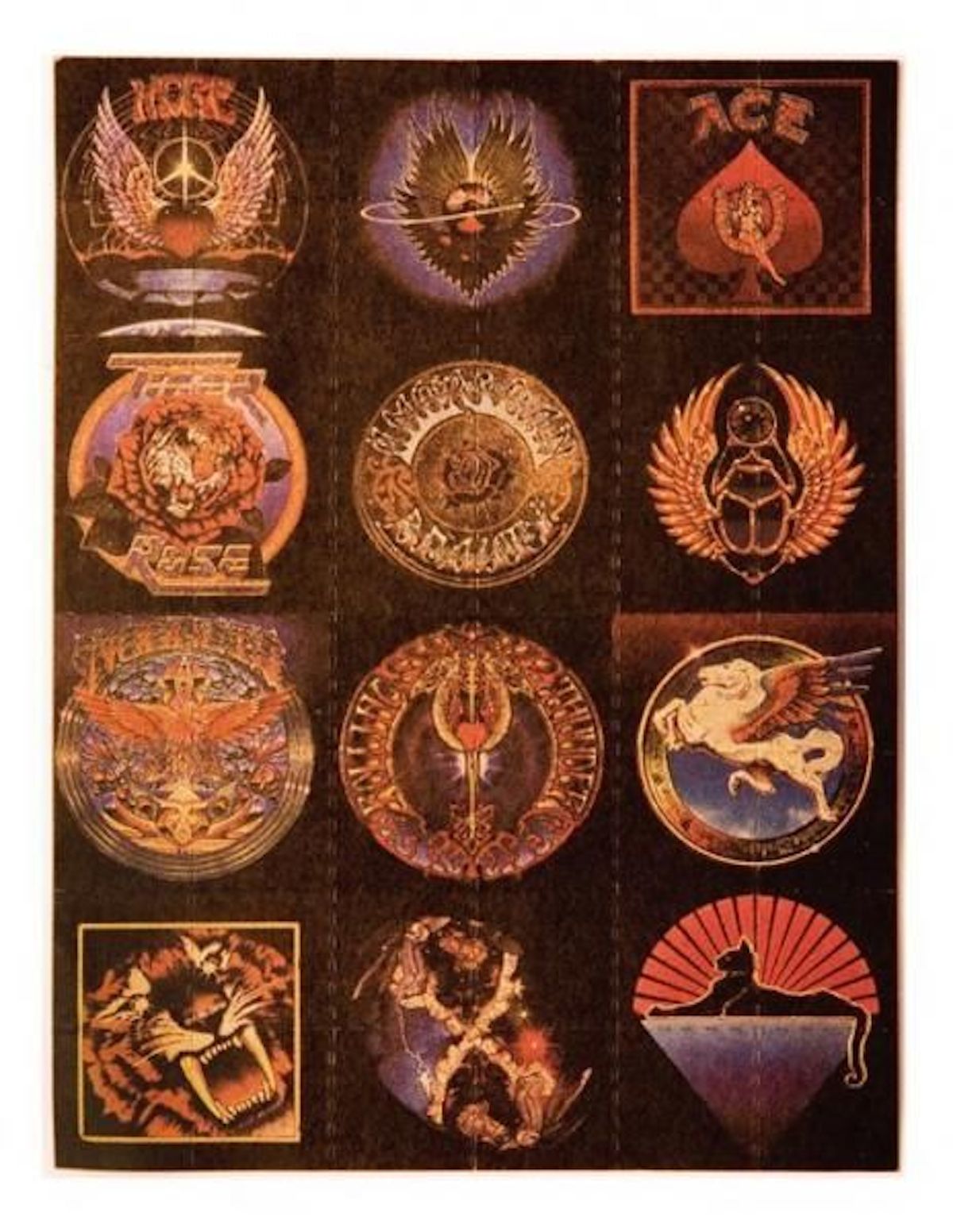
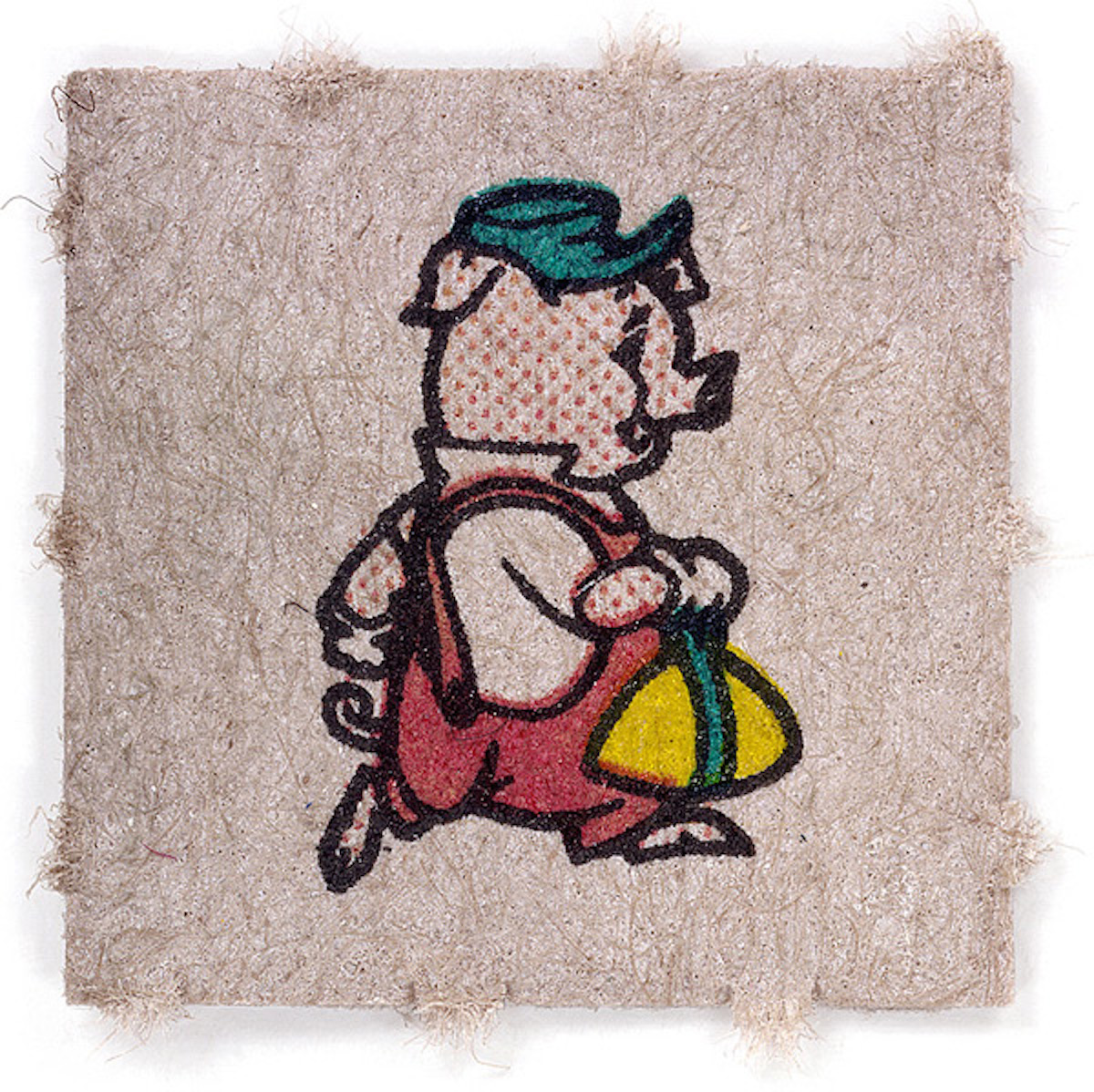
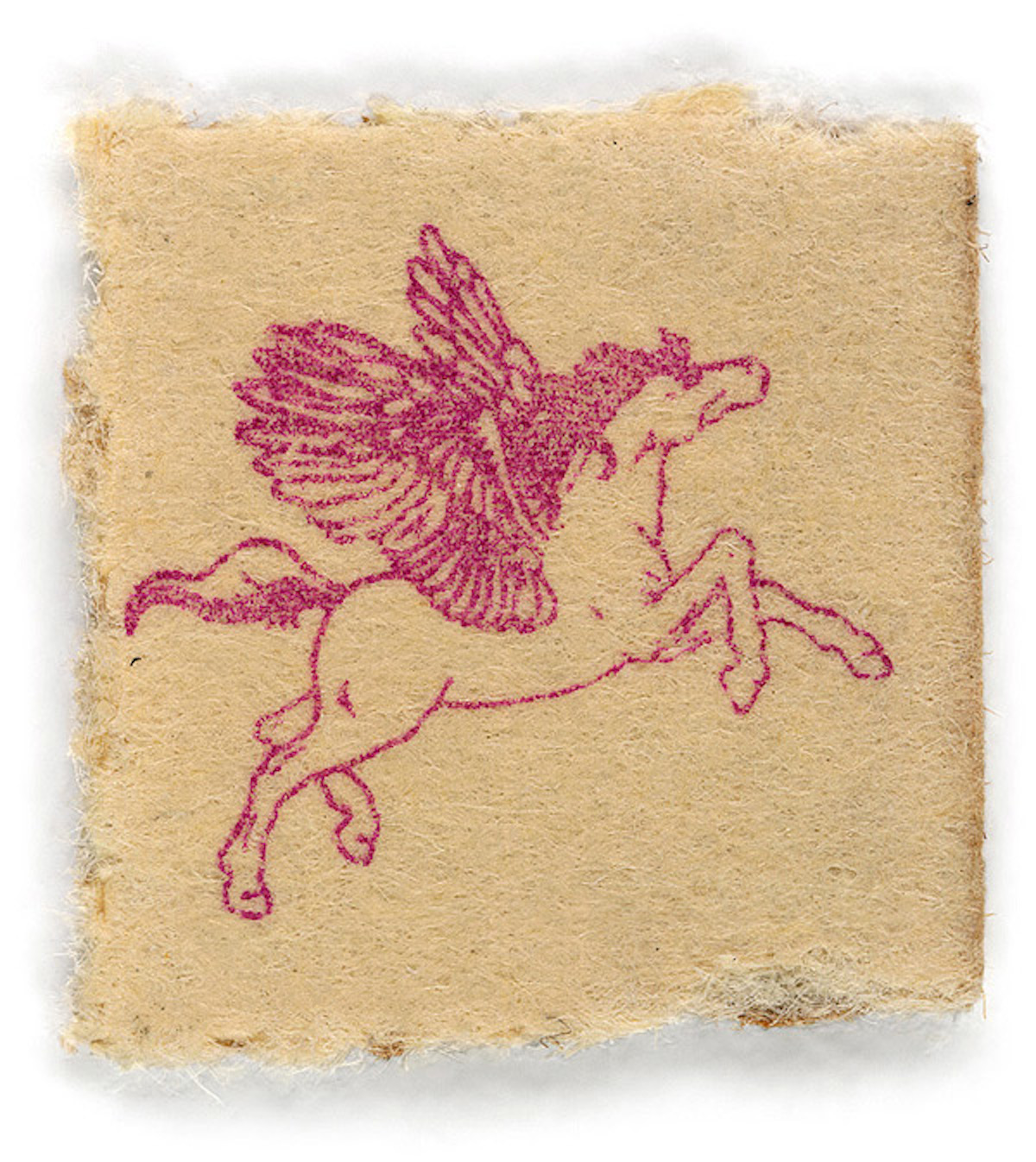
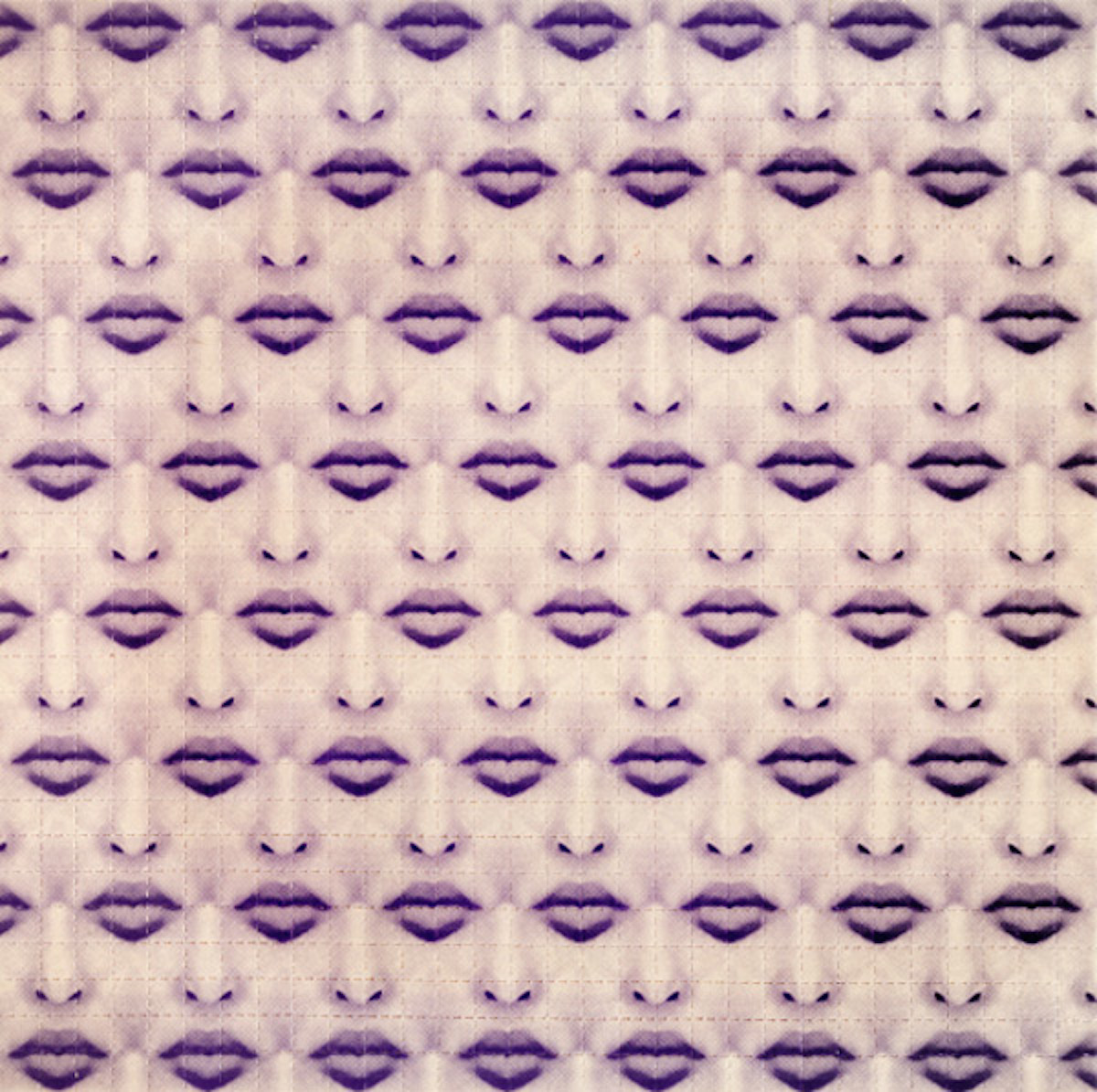
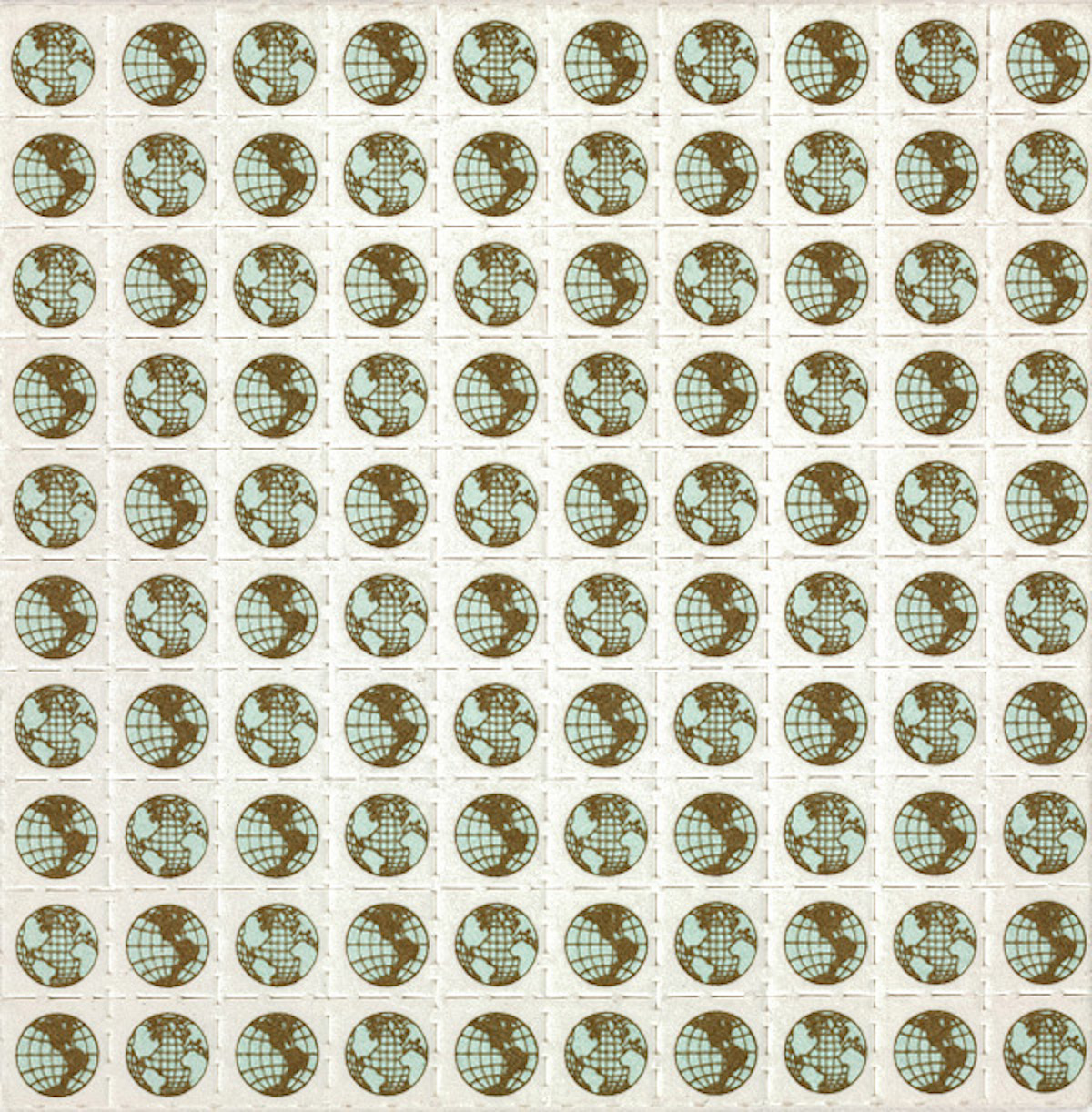
Via BlotterBarn
Would you like to support Flashbak?
Please consider making a donation to our site. We don't want to rely on ads to bring you the best of visual culture. You can also support us by signing up to our Mailing List. And you can also follow us on Facebook, Instagram and Twitter. For great art and culture delivered to your door, visit our shop.









